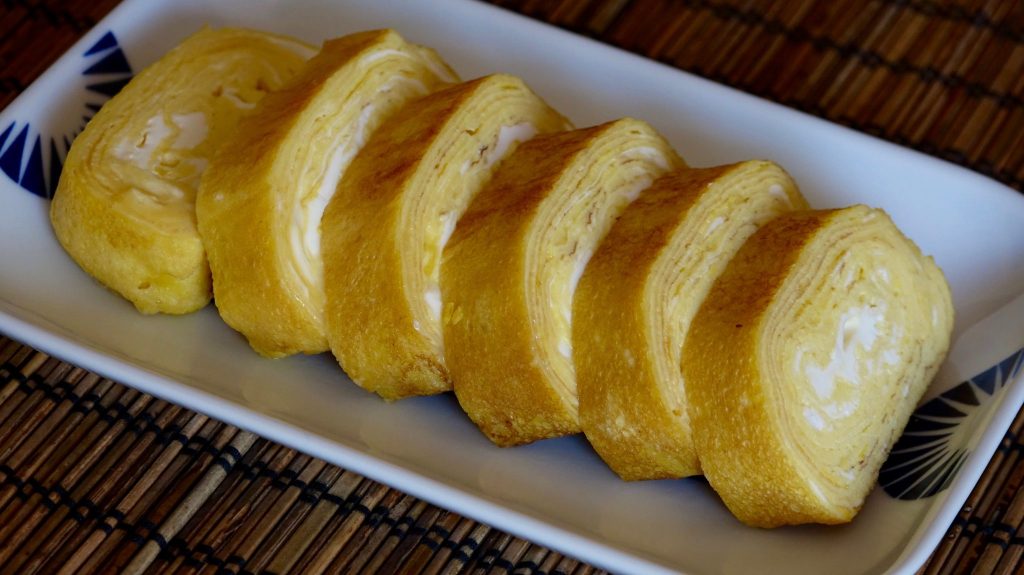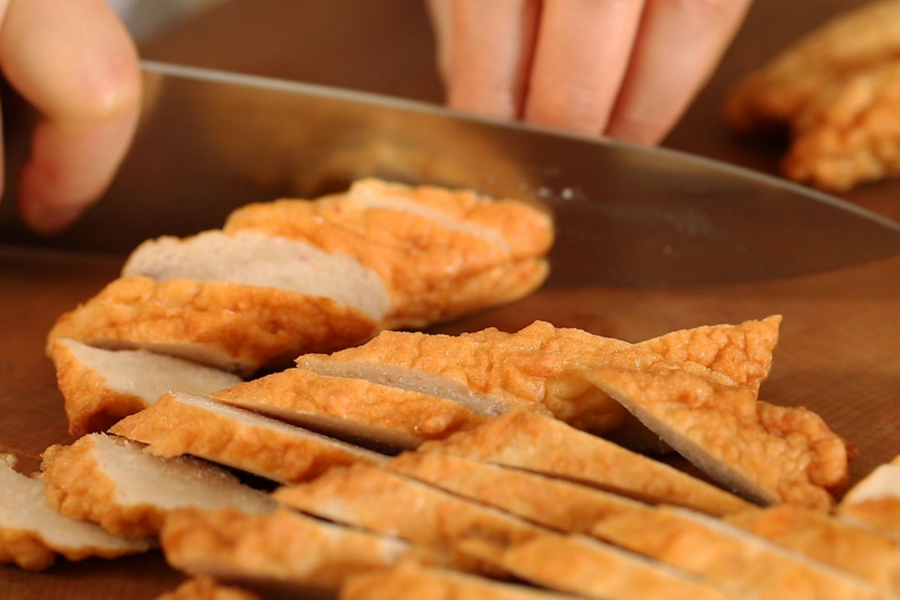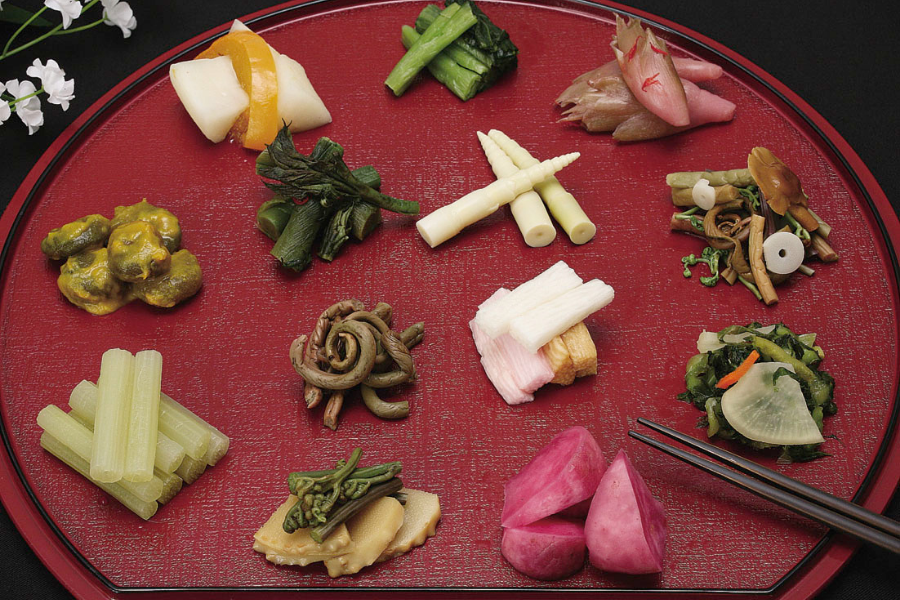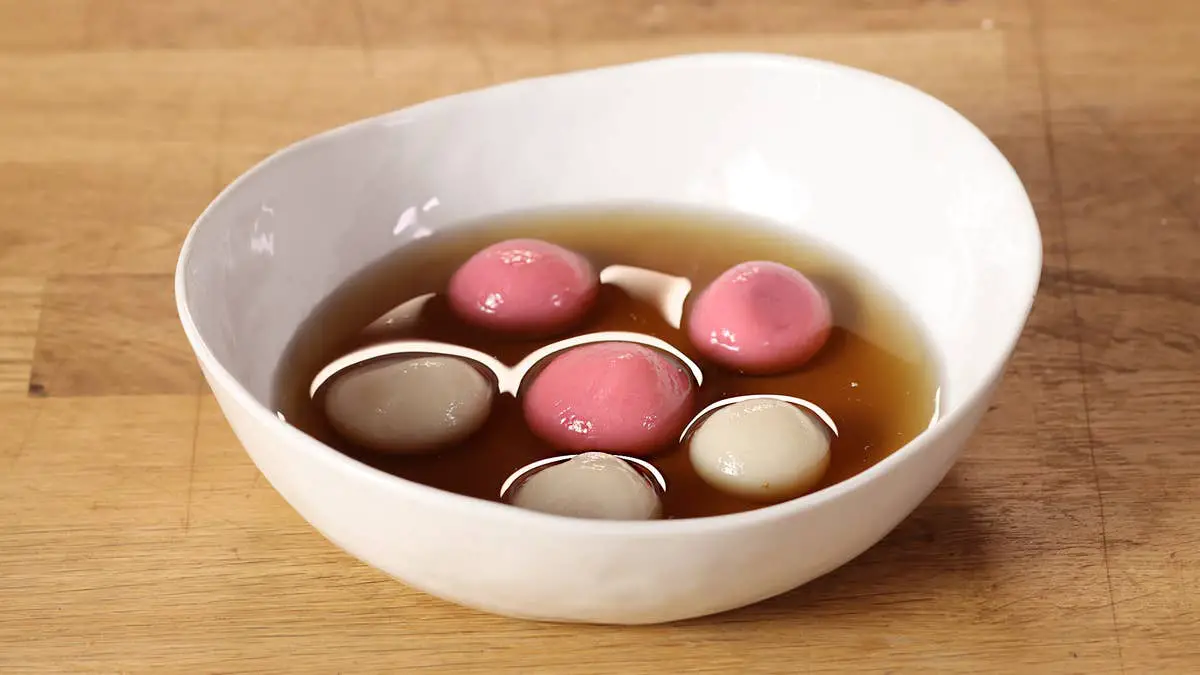Kyoto is a city situated on the island of Honshu. Kyoto means “capital city” because it was Japan’s previous capital city before it moved to Tokyo, which means “river entrance.” It is famous for its tofu, its kaiseki cuisine, and its Buddhist vegetarian fare as well as gardens, imperial palaces, Shinto shrines and traditional wooden houses. This is a city of some 2,000 temples and shrines – a city of true masterpieces of religious architecture, such as the spectacle Kinkaku-ji and the cavernous expanse of Higashi Hongan-ji, Ginkaku-ji, Fushmi Inari-Taisha. Hence, Kyoto remains the spiritual heart of Japan. So let’s taste Kyoto through its rich traditional and street flavors.
10 Most Popular Foods to Eat in Kyoto
1. Takoyaki

Takoyaki or octopus balls are one of the best-known Japanese street food of all time. This food is made from wheat flour molded into a little ball which is usually filled with octopus and onions, topped with takoyaki sauce which is a simple mix of Worcestershire sauce, mentsuyu, sugar and ketchup. Takoyaki has become one of the most popular foods over time and is usually sold by street vendors, convenience stores, food courts, etc.
2. Tofu

Kyoto is famous for its vegetarian food/cuisines influenced by monks or Buddhist teachings. Hence, tofu is Kyoto’s most desired food. One can try different types of tofu like the sesame tofu or the yuba (soy bean milk) tofu, or you can try tofu dishes. It is made every morning in small shops/restaurants and in large industrial kitchens throughout the country. Tofu dishes come in all forms – from boiled and chilled tofu, to fried and baked tofu, like Yudofu (tofu in hot broth), Teriyaki tofu, macrobiotic mabo tofu, deep-fried Agedashi tofu, etc.
3. Dashimaki Tamago

Dashimaki tamago literally translates to “dashi rolled egg,” but the one prepared in Kyoto style is made with slightly different techniques and has a different name too, it is called Tamagoyaki. The Kyoto style is mostly a blend of three different types of egg yolks and multiple layers of eggs; the omelet is moist with dashi stock oozing out from it, creating a rich yet juicy taste.
4. Tamagoyaki

This is often taken as a common breakfast dish in Kyoto, Japan. It means “grilled/fried eggs.” This is a type of Japanese omelet made by combining several layers of cooked eggs, and sometimes sugar or soy sauce. These were/are often prepared in a rectangular omelet pan called a tamagoyakiki or makiyakinabe. They are served around the world and also appear in different types and shapes.
5. Tako Tamago

This is unique food you will find on the street of Japan – the popular Tako Tamago. This consists of quail eggs stuffed inside a baby octopus, which is then impaled on a skewer. It may sound anomalous or weird at first, but it’s one of the most desired street food in Japan, and its red color makes it eye-catching too! This delicacy is greatly accompanied with liquor such as sake.
6. Fried Fish Cake

Japanese style fried fish cakes are called ‘satsuma-age,’ as it is said that this dish came from China via Kagoshima prefecture, which used to be called ‘satsuma’ and the word ‘age’ means ‘deep frying.’ So, they are mainly fish paste with a small number of finely chopped vegetables, some common Japanese seasonings and egg/corn flour to bind them together, then deep fried. This is a traditional dish in Japan and there are many different types of fish cake that are enjoyed in Japanese cuisine.
7. Tofu Skin

Tofu skin, bean curd sheet, or yuba is the skin that is present at the top of fresh soy milk. During the boiling of the soy milk, in an open, shallow pan, a thin film appears on the liquid surface. Then, the film is collected and dried, turning it into a yellowish sheet known as tofu skin. Tofu is rich in protein, minerals, nutrients, and antioxidants that help improve the elasticity of skin, tone facial muscles, and also improve the functioning of the immune system.
8. Matcha

This tea was first a drink of the religious classes in Japan, and now there are so many varieties of tea in Japan that it can be a difficult choice. But while traveling there, one should try Matcha, and Kyoto is a great place to try this. It is the highest grade of Japanese green tea, as here they dissolve the powder leaves in water and thus, drink the actual leaves. This green powder has many health benefits due to its high antioxidant content. It can boost metabolism and burn calories, and it detoxifies effectively and naturally.
9. Tsukemono

Tsukemono literally means ‘pickled things,’ they are Japanese preserved vegetables. The Japanese were pickling things way back before refrigerators were even invented. When Kyoto became the nation’s capital in 794, various items from across Japan were brought to Kyoto, one of which is Tsukemono. Tsukemono is also referred to as konomono, oshinko, or okoko, all carrying the same meaning. There are different types of Tsukemono, but the favorite ones are Takuan, Umeboshi, turnip, cucumber, and Chinese cabbage. They are eaten with rice as an accompaniment to the meal.
10. Shoji Ryore

Shoji Ryore is prepared or well-liked by Buddhist monks. According to Buddhism, it’s prohibited to take the life of other living creatures, Buddhist monks eat food without meat or fish. This vegetarian dish is savory and filling and if you are spending the night at a temple, you will be able to enjoy this meal. A common ingredient in Shoji Ryore is tofu, which is a local maven of Kyoto.
Read also – 15 Dishes You Can Make With Bread At Home



